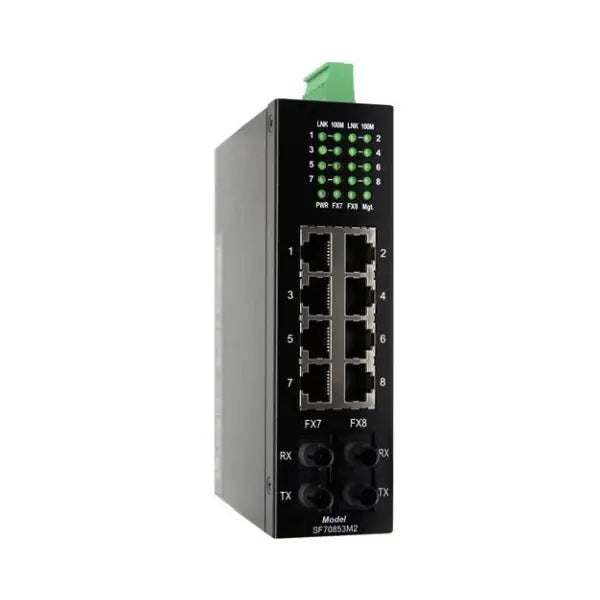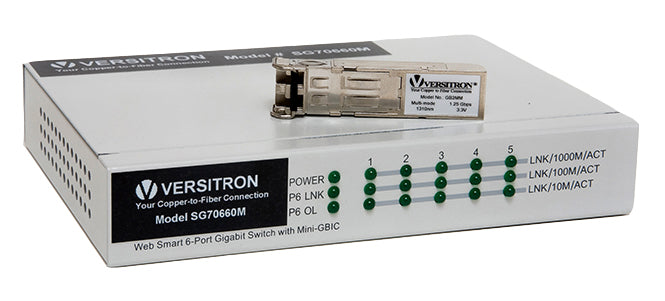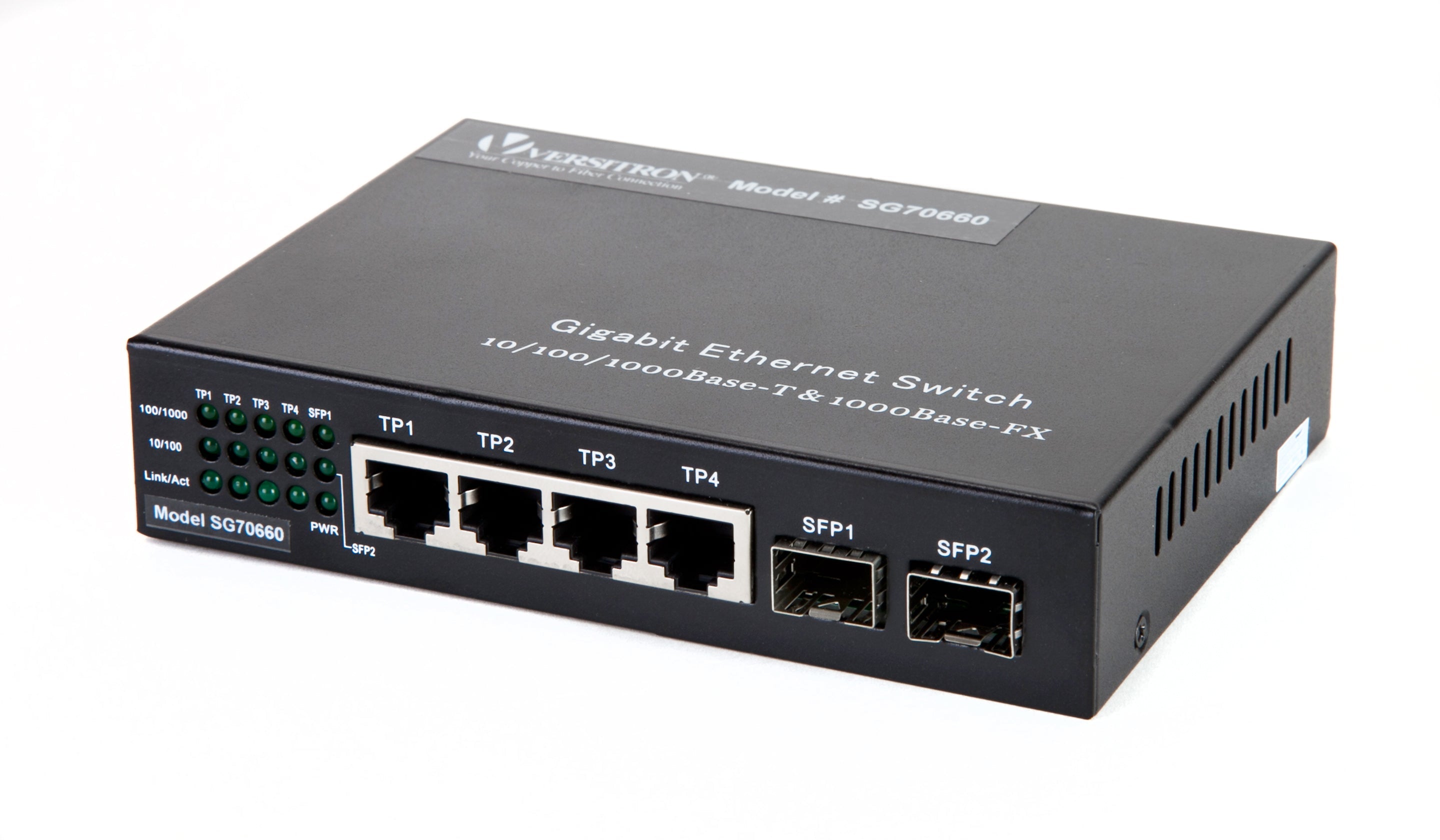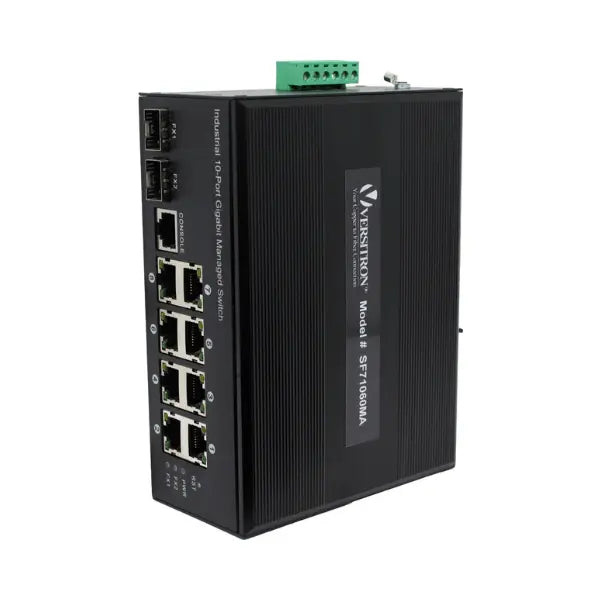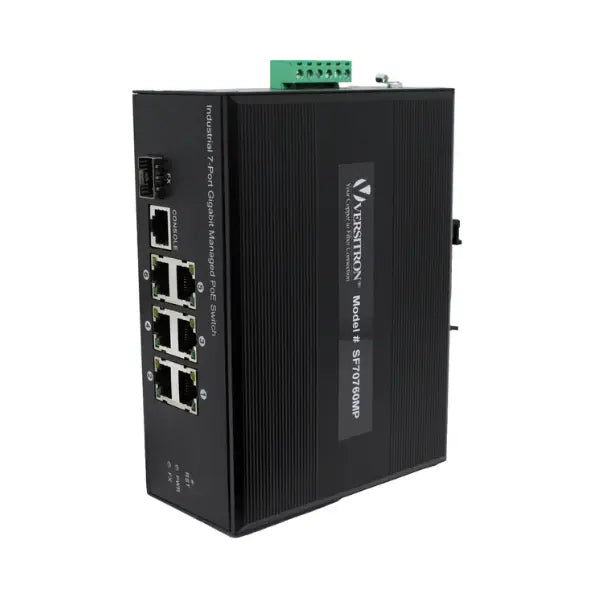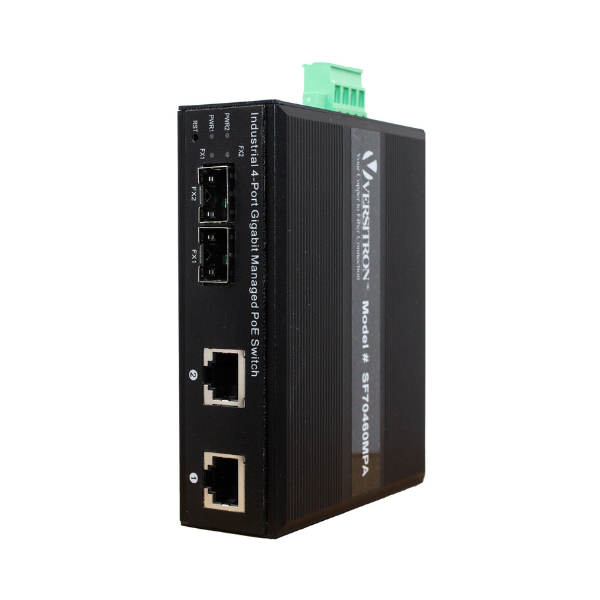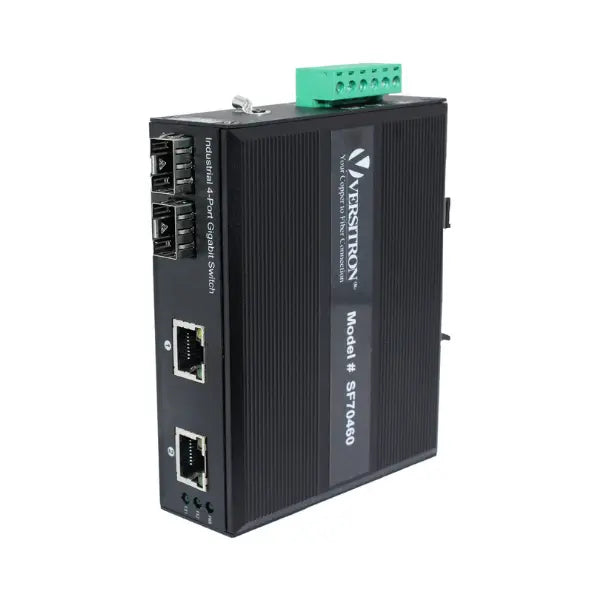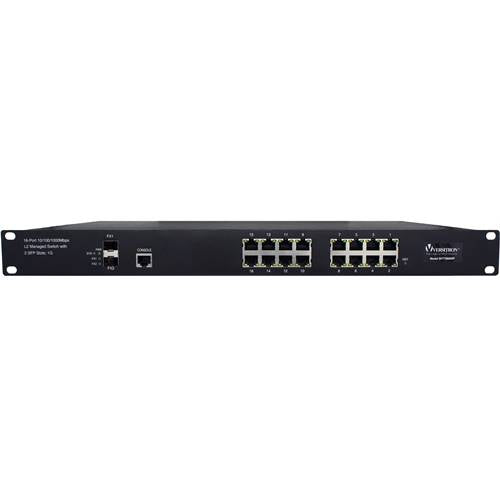Switches and routers form the backbone of any efficient network. They are fundamental in directing and controlling the data flow, ensuring that information reaches its intended destination smoothly. However, as technology advances, the lines between network devices and their functionalities blur, leading to confusion. This is particularly true for Layer 3 switches and routers, two devices that overlap in functionality but are distinct in their roles and capabilities. This post highlights the key differences between a Layer 3 switch and a router, guiding you in choosing the right tool for your specific networking needs.

What is a Layer 3 Switch?
A Layer 3 switch, often called a multilayer switch, is a specialized device that combines the functionality of a standard Layer 2 switch with some routing capabilities typically found in routers. Its primary function is to forward traffic based on MAC addresses, a characteristic of Layer 2 switching. However, what sets a Layer 3 switch apart is its ability to perform essential routing functions and make decisions based on IP addresses. Layer 3 switches are particularly adept at handling inter-VLAN routing and are prevalent in high-performance Local Area Networks (LANs). The key advantages of a Layer 3 switch include faster packet forwarding due to hardware-based switching (ASICs), lower cost compared to traditional routers, and higher port density, making them ideal for environments where numerous devices need to be connected.
What is a Router?
A router is a networking device whose primary role is to forward data packets between different networks. It operates predominantly at Layer 3 of the OSI model, using IP addresses to route packets. Routers are essential in connecting different types of networks, such as Local Area Networks (LANs) to Wide Area Networks (WANs), and enabling internet connectivity. Beyond basic packet forwarding, routers offer advanced features like Network Address Translation (NAT), firewall capabilities, and support for various WAN technologies. These features grant routers greater flexibility and security, making them suitable for complex network architectures that require robust security measures and diverse connectivity options.
Know the Difference between Router and Layer 3 Switch
Understanding the critical differences between a Layer 3 switch and a router is crucial in making an informed decision with regards to your network infrastructure.
- Hardware: Layer 3 switches primarily use Application Specific Integrated Circuits (ASICs) for high-speed packet forwarding, while routers typically rely on software-based routing, which can be slower than the former.
- Interfaces: Routers offer a more diverse range of interface types (such as Ethernet, Serial, and Fiber) than Layer 3 switches, which are limited predominantly to Ethernet interfaces.
- Working Principle: Layer 3 switches route traffic based on MAC and IP addresses, while routers focus solely on IP address routing.
- Scope: Layer 3 switches are designed with LAN environments in mind, offering efficient VLAN segmentation and internal network traffic management. On the other hand, routers are geared towards WAN scenarios, providing connectivity to external networks and the internet.
- Functionality: Routers come with a suite of advanced features such as NAT, VPN support, and firewall services, while Layer 3 switches have more basic functionalities, focusing on efficient traffic management within a LAN.
- Performance: Due to their hardware optimization, Layer 3 switches can offer higher throughput and faster packet processing than routers which may have limitations due to software-based processing.
- Cost: Layer 3 switches are generally more budget-friendly than routers, especially considering their high port density and performance capabilities. They may be cost effective in the long run depending on your network requirements.
- Port Density: Layer 3 switches typically have a higher port density, allowing more devices to be connected directly.
Choosing the Right Device
The specific requirements of your network should guide your choice between L3 switch vs router. Here are some pointers which may be useful.
- Choose a Layer 3 switch if you require high-performance LAN capabilities, effective VLAN segmentation, and a cost-effective solution with high port density. They are ideal for large office environments where numerous devices must be interconnected within the same network.
- Choose a Router for scenarios requiring WAN connectivity, internet access, advanced security features, and the ability to handle complex network configurations. Routers are best suited for environments where network traffic needs to be carefully managed and secured and where diverse network types and external connections are involved.
Illustrating each recommendation with concrete examples can provide further clarity. For instance, a large corporate office with multiple departments might benefit from Layer 3 switches to manage internal traffic and VLANs efficiently. In contrast, a multinational corporation with several branch offices across cities and countries would require routers for secure WAN connectivity and remote access.
Conclusion
While Layer 3 switches and routers may appear similar at first glance, they are tailored for different network scenarios. Layer 3 switches excel in high-performance LAN environments, offering cost effectiveness and efficient traffic management. With their advanced features and flexibility, routers are better suited for complex network architectures involving WAN connectivity and enhanced security needs. Whether optimizing an existing network or building a new one from scratch, understanding the distinct roles and capabilities of Layer 3 switches and routers is vital to ensuring a robust and efficient networking environment.
As you navigate the complex world of network infrastructure, remember that the right choice depends on your specific requirements and network architecture. Also, it is crucial to source these devices from a reliable player such as VERSITRON. The company specializes in fiber optic network switches, media converters, and more. They offer custom options as well. For further assistance or to explore a wide range of networking solutions, click here or contact us directly.
FAQs
Layer 3 switches and traditional routers both play critical roles in network infrastructure, but they have distinct differences in functionality, design, and typical usage scenarios.
-
Functionality:
- Layer 3 Switches: These switches operate at the network layer (Layer 3) of the OSI model and can perform routing functions. They make forwarding decisions based on IP addresses, allowing them to route packets between different subnets within a local network.
- Traditional Routers: Routers are standalone devices designed primarily for routing packets between different networks. They operate at Layer 3 of the OSI model and connect multiple networks by making routing decisions based on IP addresses.
-
Hardware Design:
- Layer 3 Switches: Layer 3 switches are essentially high-speed switches with built-in routing capabilities. They typically feature multiple Ethernet ports and are optimized for fast packet switching within a LAN environment.
- Traditional Routers: Routers are standalone devices with multiple interfaces for connecting to different networks. They often include WAN interfaces for external network connections, such as the internet, and may offer additional features like built-in security functions.
-
Performance:
- Layer 3 Switches: Layer 3 switches excel at fast packet switching within a local network, providing high-speed performance for routing traffic between different subnets or VLANs.
- Traditional Routers: While routers also offer high-performance routing capabilities, they may not match the raw switching speed of Layer 3 switches within a local network. However, they are optimized for connecting multiple networks and providing access to external networks.
Layer 3 switches are high-speed switches that can also route traffic based on IP addresses. They operate at the OSI model's network layer (Layer 3) and are often implemented in local networks (LANs). L3 switches are excellent at routing traffic within a single network, efficiently diverting packets between multiple subnets or VLANs. Their architecture emphasizes quick packet switching, making them excellent for applications that require high-speed communication between devices on a local network.
Routers, on the other hand, are separate devices that are specifically designed to route packets between different networks. They function at Layer 3 of the OSI model and have many interfaces for connecting to different networks, including WAN connections like the internet. Routers are often located near the network's edge, where they permit communication across several LANs or link to external networks. In addition to routing operations, routers frequently offer firewall functionality, VPN support, and advanced routing protocols.
No, a switch is not the same as a router; while they both provide network connectivity, they serve distinct functions. A switch is located at the data connection layer (Layer 2) of the OSI model and is typically used to connect devices inside a local area network (LAN). It routes data based on MAC addresses and establishes a network with various devices such as PCs, printers, and servers. Switches enable these devices to communicate with one another more efficiently by routing traffic exclusively to the designated destination.
A router, on the other hand, operates at the OSI model's network layer (Layer 3) and is used to connect several networks, such as connecting a home network to the internet or joining different LANs in an enterprise environment. Routers employ IP addresses to find the optimum route for data packets across many networks. They also offer network address translation (NAT), firewalling, and routing technologies to regulate traffic between networks.


